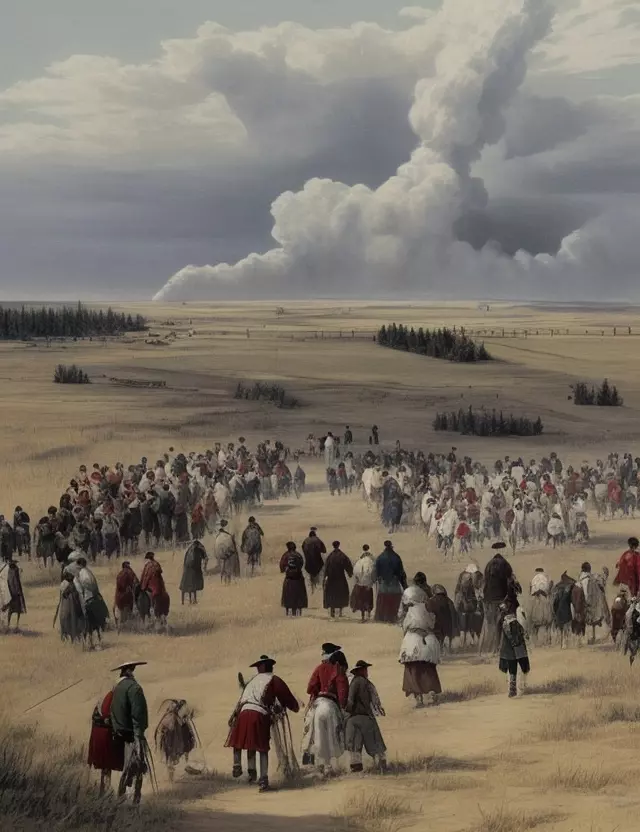Wounded Knee Massacre: A Tragic Pivotal Chapter in Native American History
December 29, 1890, Marks the Dark Day of the Massacre in South Dakota

Wounded Knee Massacre: A Tragic Pivotal Chapter in Native American History
December 29, 1890, stands as a dark day in Native American history with the occurrence of the Wounded Knee Massacre in South Dakota. This tragic event marked a pivotal chapter, leaving a haunting impact on the Lakota Sioux and the broader Native American communities.
The Context
The massacre took place in the context of the Ghost Dance movement, a spiritual movement that emerged among Native American communities, offering hope and a vision of renewal. However, misunderstanding and fear of the movement led to tensions between the U.S. government and the Lakota Sioux.
Devastating Consequences
On the fateful day of December 29, 1890, tensions escalated, and a confrontation occurred at Wounded Knee Creek between the U.S. Army's Seventh Cavalry and the Lakota Sioux. The conflict resulted in a tragic and brutal massacre, with many Native men, women, and children losing their lives.
Lasting Impact
The Wounded Knee Massacre had a profound and lasting impact on the Lakota Sioux and Native communities. It symbolizes the tragic consequences of cultural misunderstandings, forced assimilation policies, and the long history of injustices faced by Indigenous peoples in North America.
Remembering and Honoring
As we reflect on December 29, 1890, we remember and honor the lives lost at Wounded Knee. The massacre serves as a poignant reminder of the ongoing efforts to understand, acknowledge, and address the historical injustices faced by Native American communities.
Commemorating December 29, 1890
On this day, we solemnly commemorate the Wounded Knee Massacre and its impact on Native American history. It stands as a stark reminder of the need for healing, understanding, and the recognition of the rights and contributions of Indigenous peoples.



